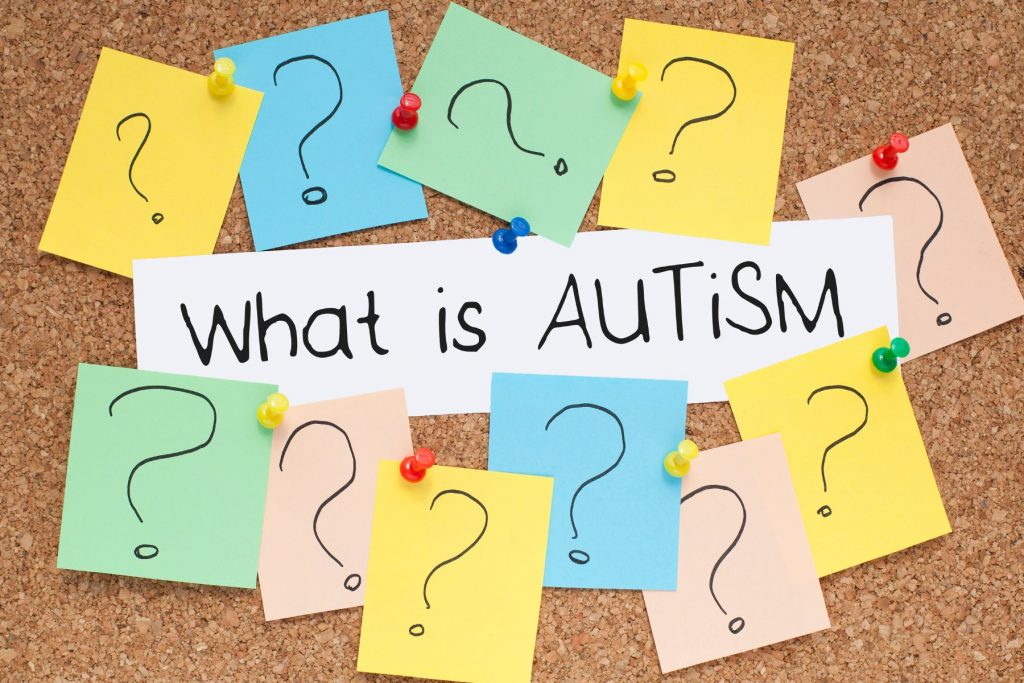Autism Spectrum Disorder (ASD) is a lifelong developmental condition that affects how individuals perceive and interact with the world. It encompasses a wide range of characteristics, meaning that no two people with autism are the same. ASD is considered a spectrum because it varies greatly in terms of severity and presentation. It typically affects communication, social interaction, and behaviour, but individuals with autism may also experience strengths in specific areas, such as memory, attention to detail, or deep focus on particular interests.

ASD primarily impacts three main areas:
- Social Communication and Interaction
Individuals with ASD often experience challenges in social situations. This can include difficulties with understanding and interpreting social cues such as facial expressions, body language, and tone of voice. They may find it challenging to engage in two-way conversations, make eye contact, or form relationships with others. - Repetitive Behaviours and Restricted Interests
Many people with autism engage in repetitive behaviours, such as hand-flapping, rocking, or following specific routines. These behaviours are often comforting or help manage sensory overload. Additionally, individuals may have highly focused interests or hobbies, sometimes to the exclusion of other activities. - Sensory Sensitivities
Individuals with ASD may experience heightened or reduced sensitivity to sensory input. This can include being overly sensitive to bright lights, loud sounds, or certain textures, or conversely, showing little reaction to pain or temperature changes.
The exact cause of autism is not yet fully understood, though it is believed to result from a combination of genetic and environmental factors. Autism can be diagnosed in early childhood, but signs and symptoms can vary widely, with some individuals exhibiting mild symptoms and others requiring significant support.
